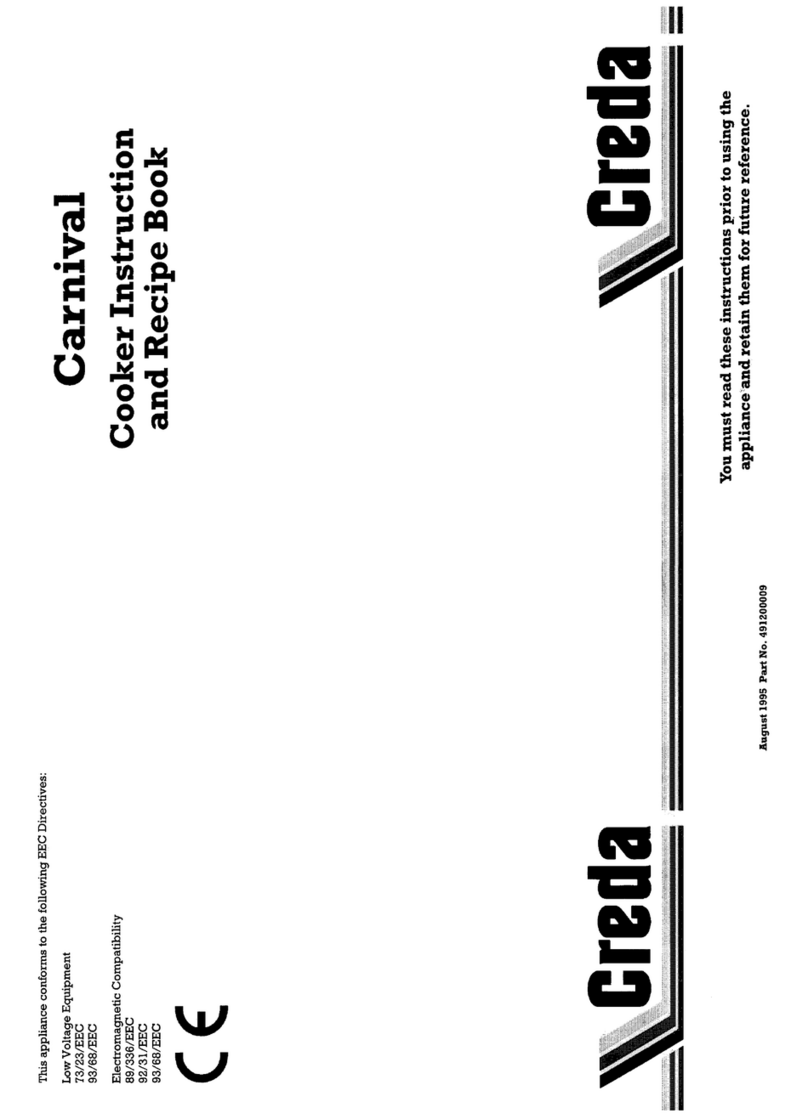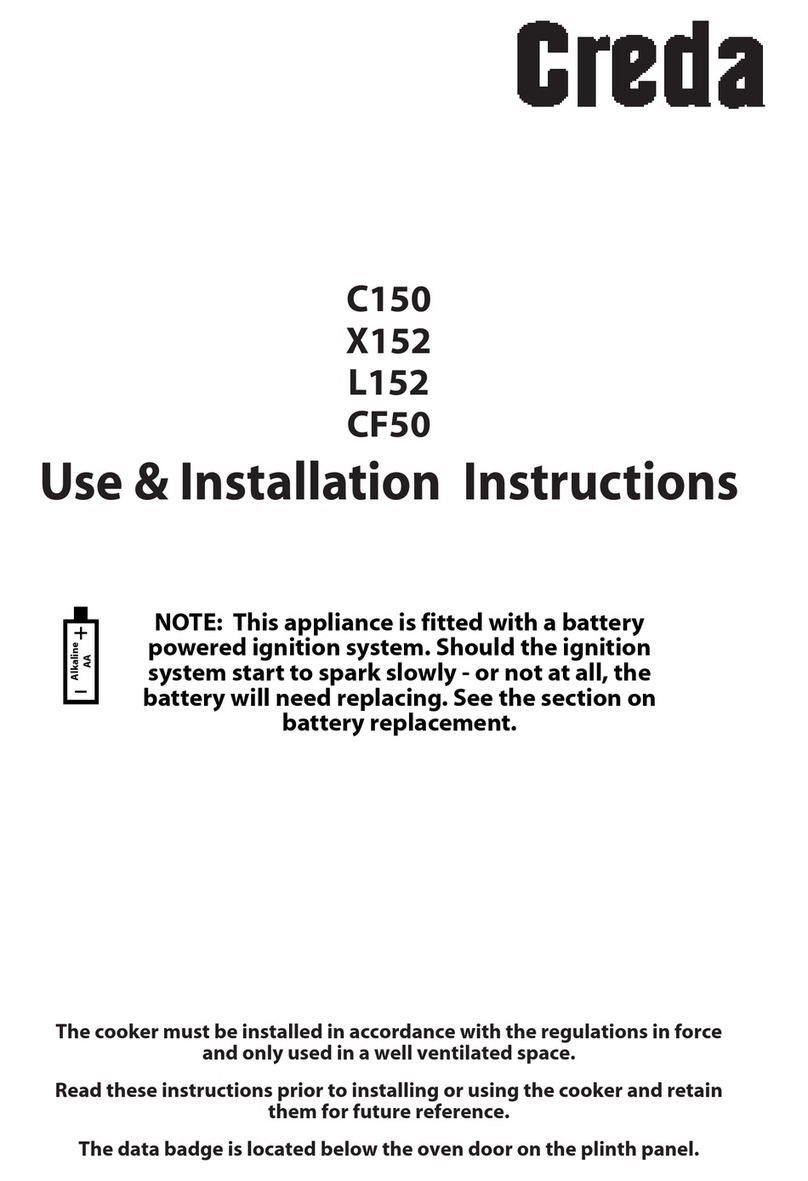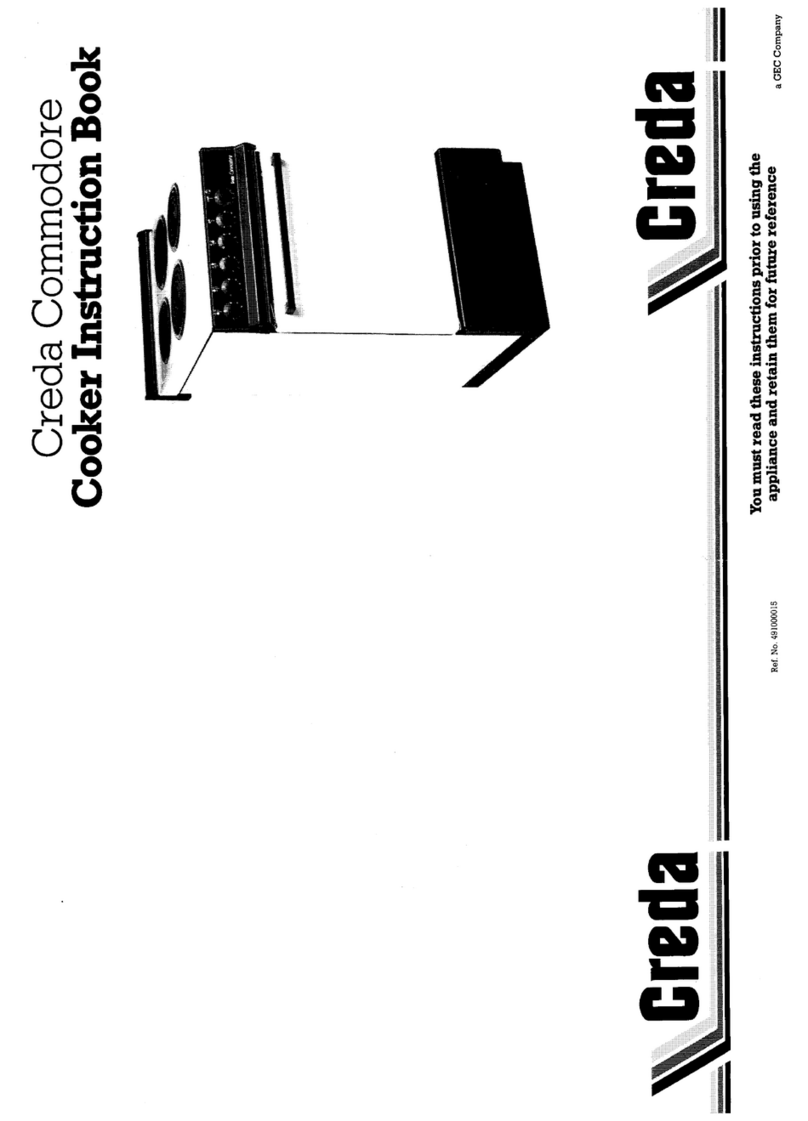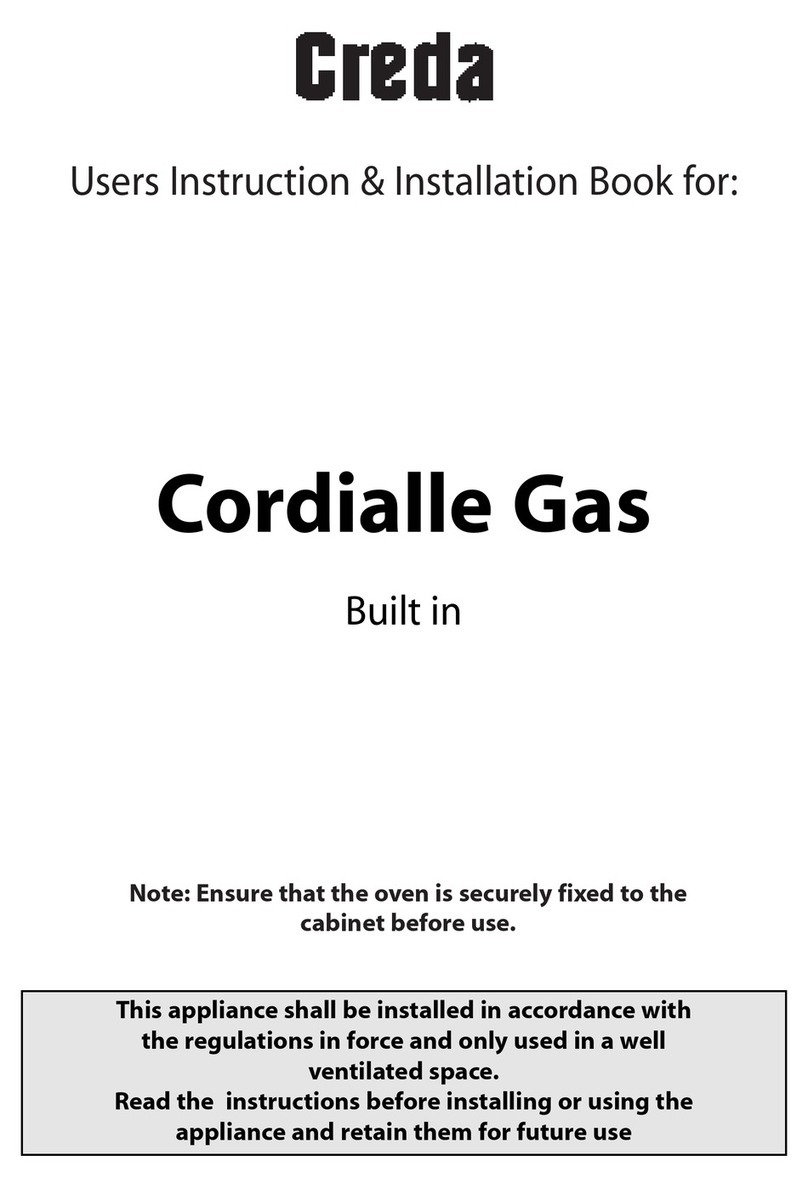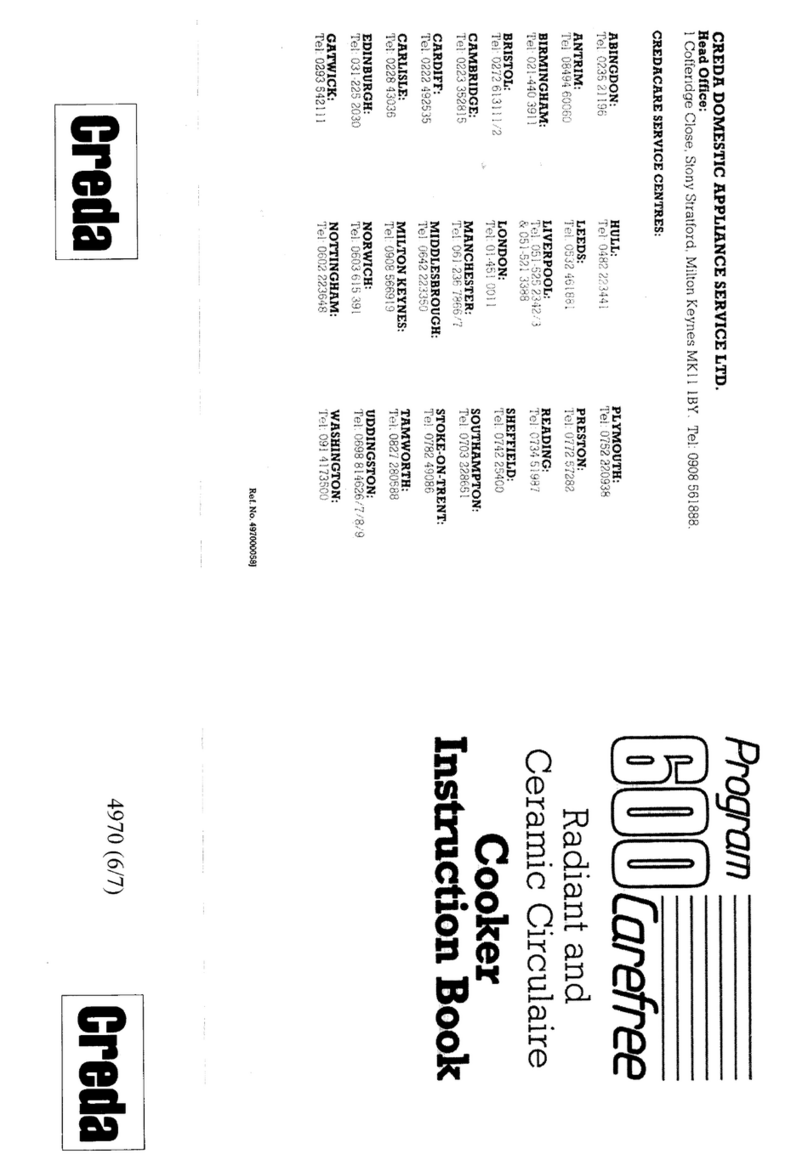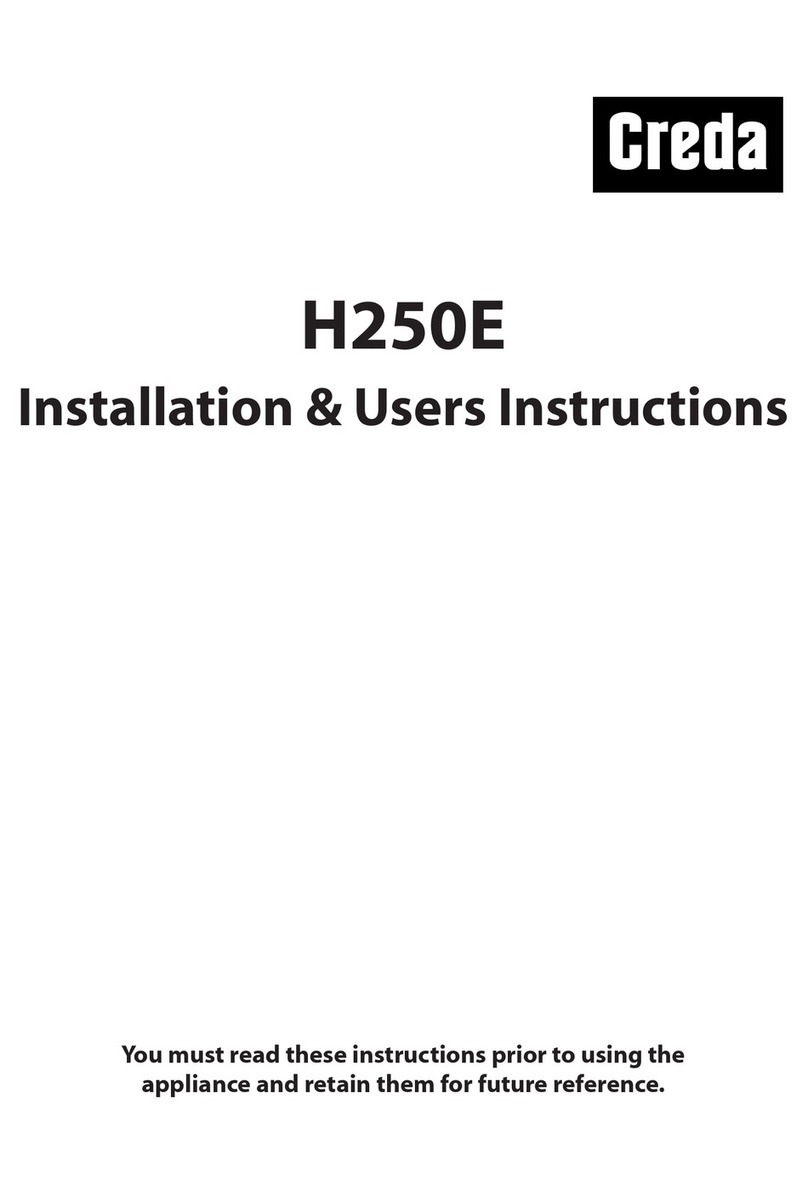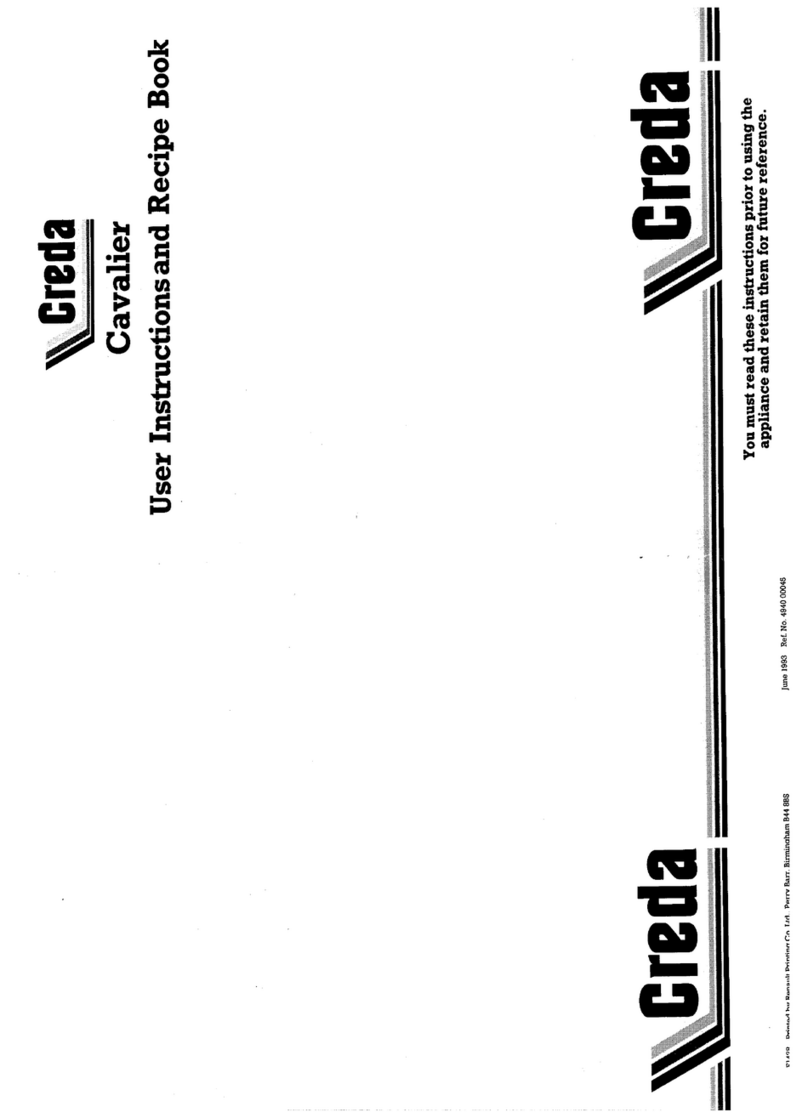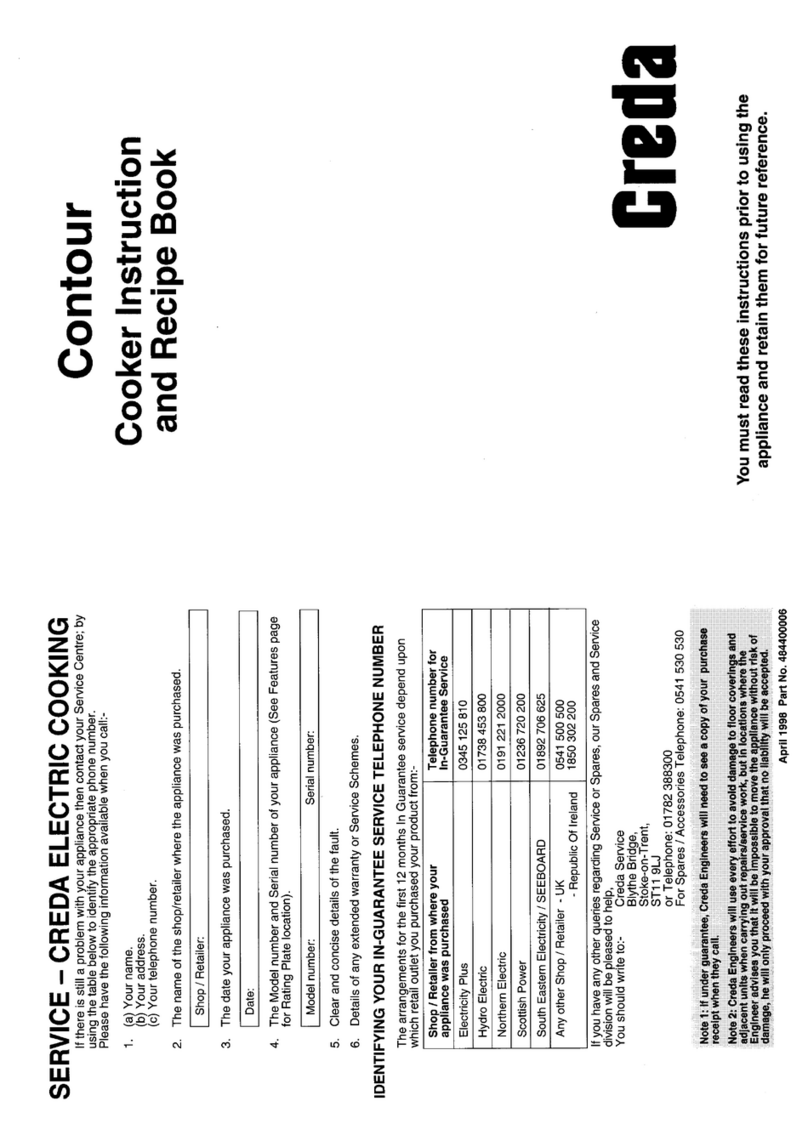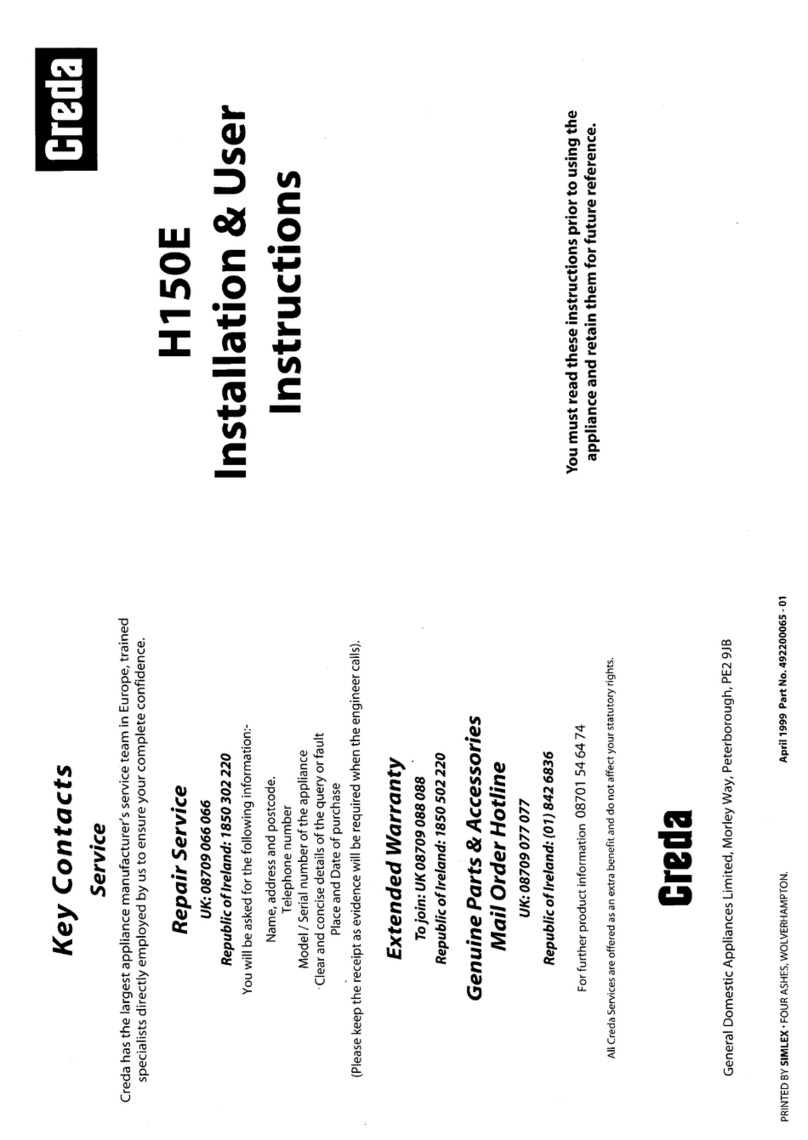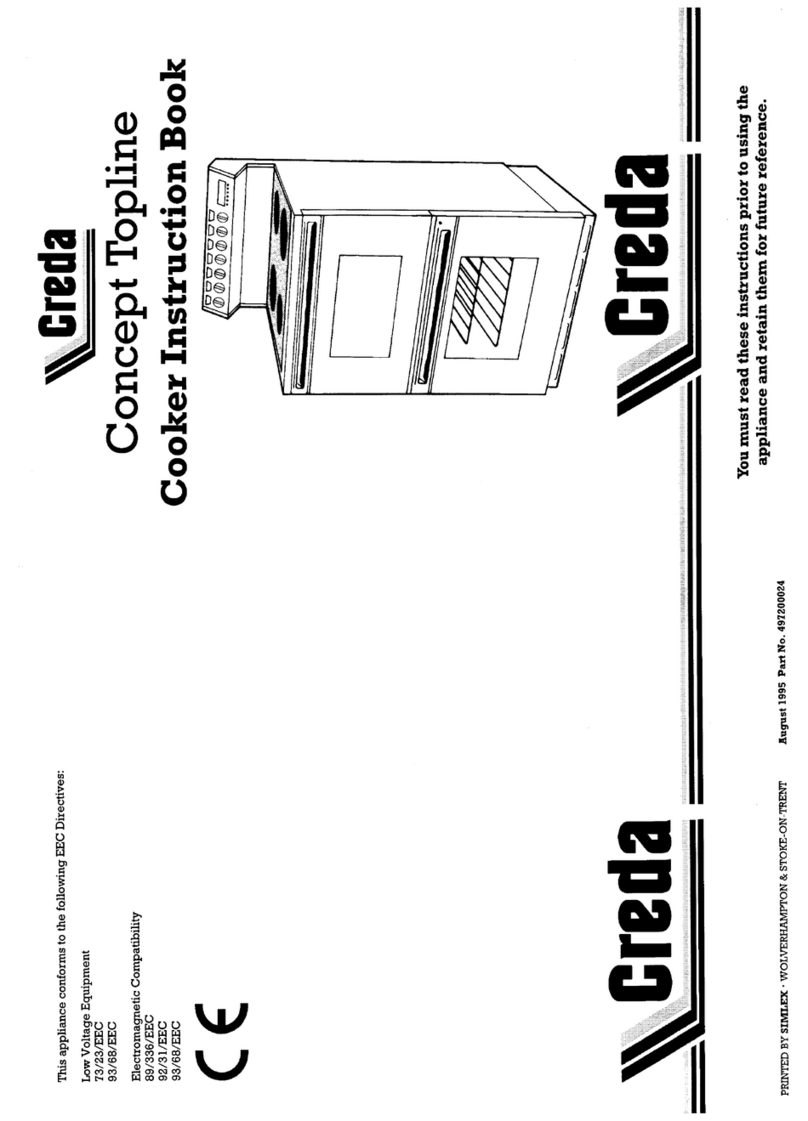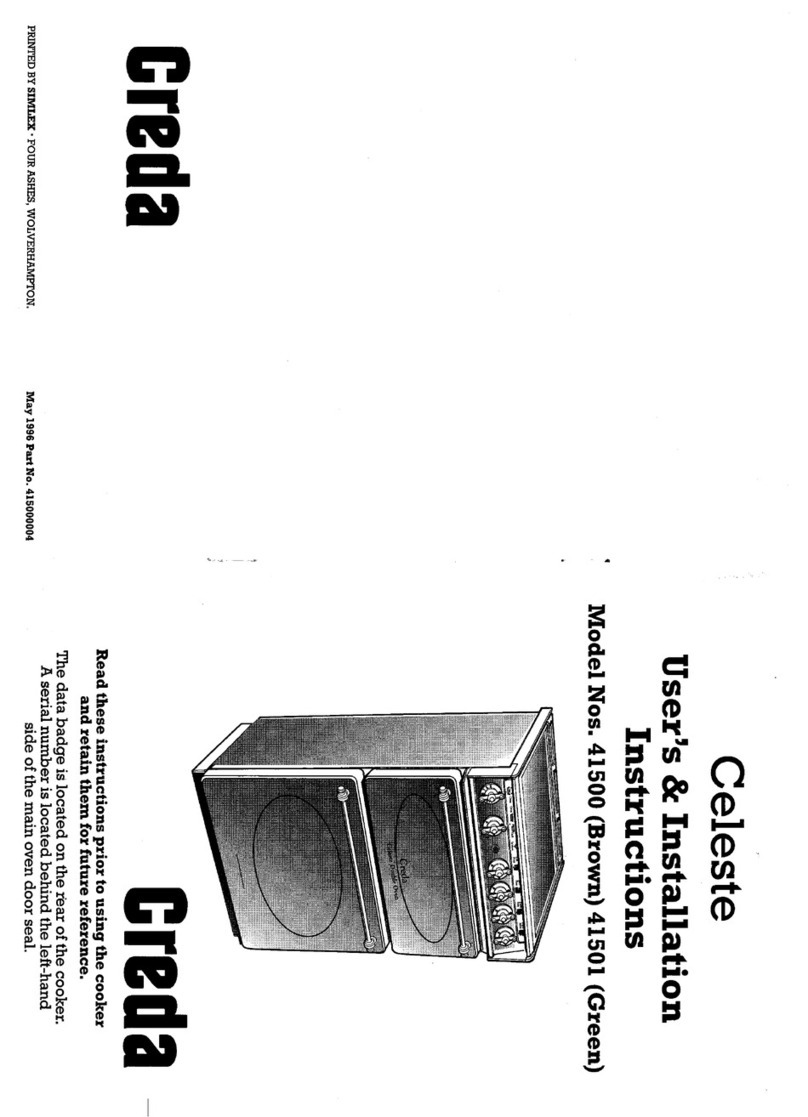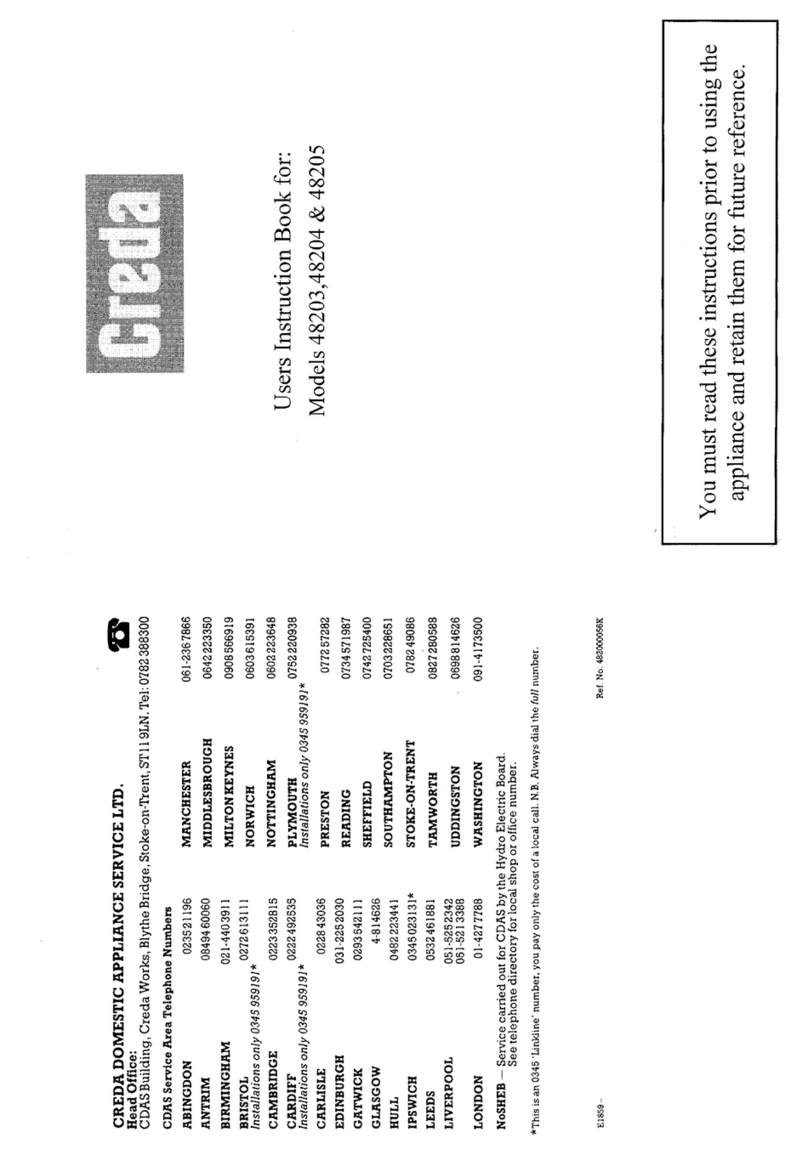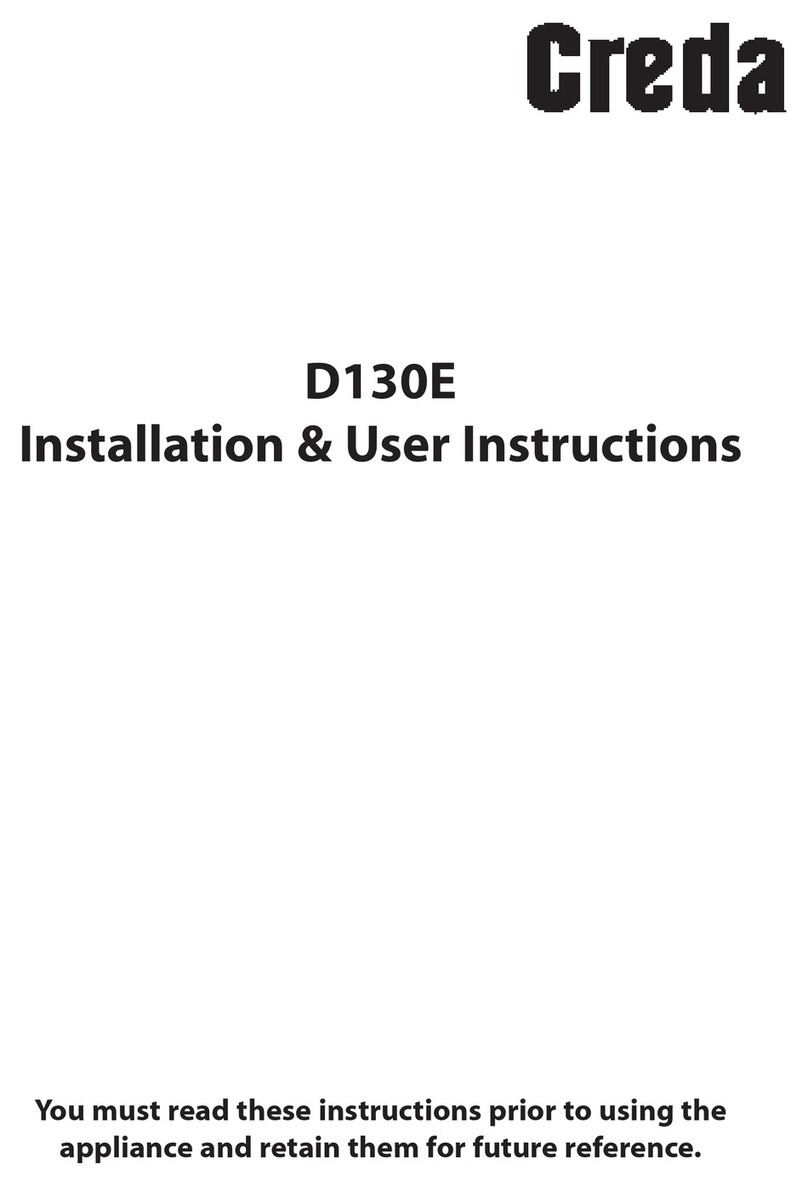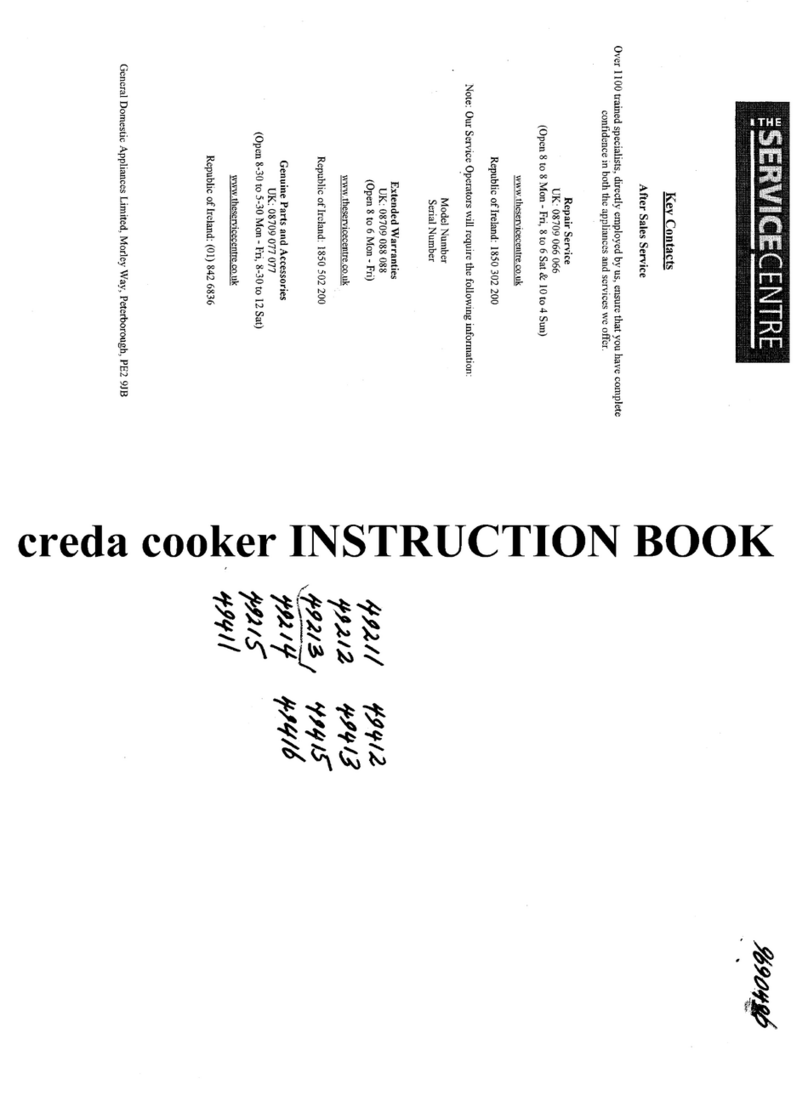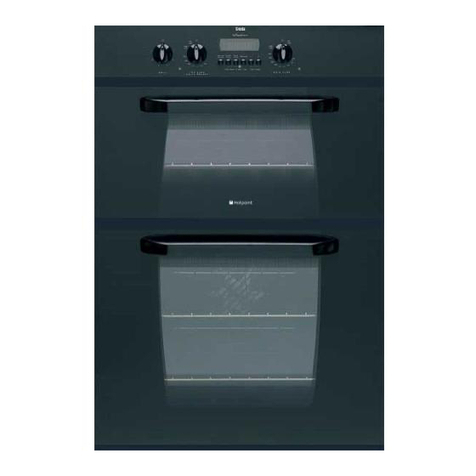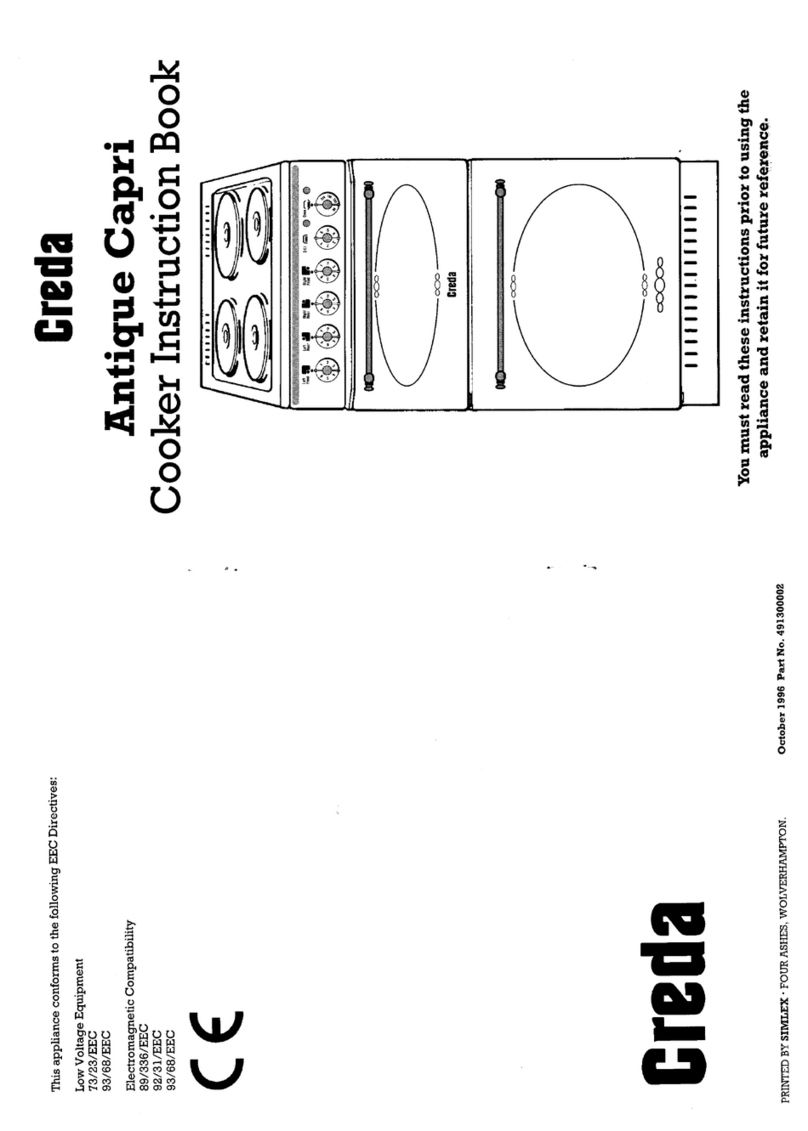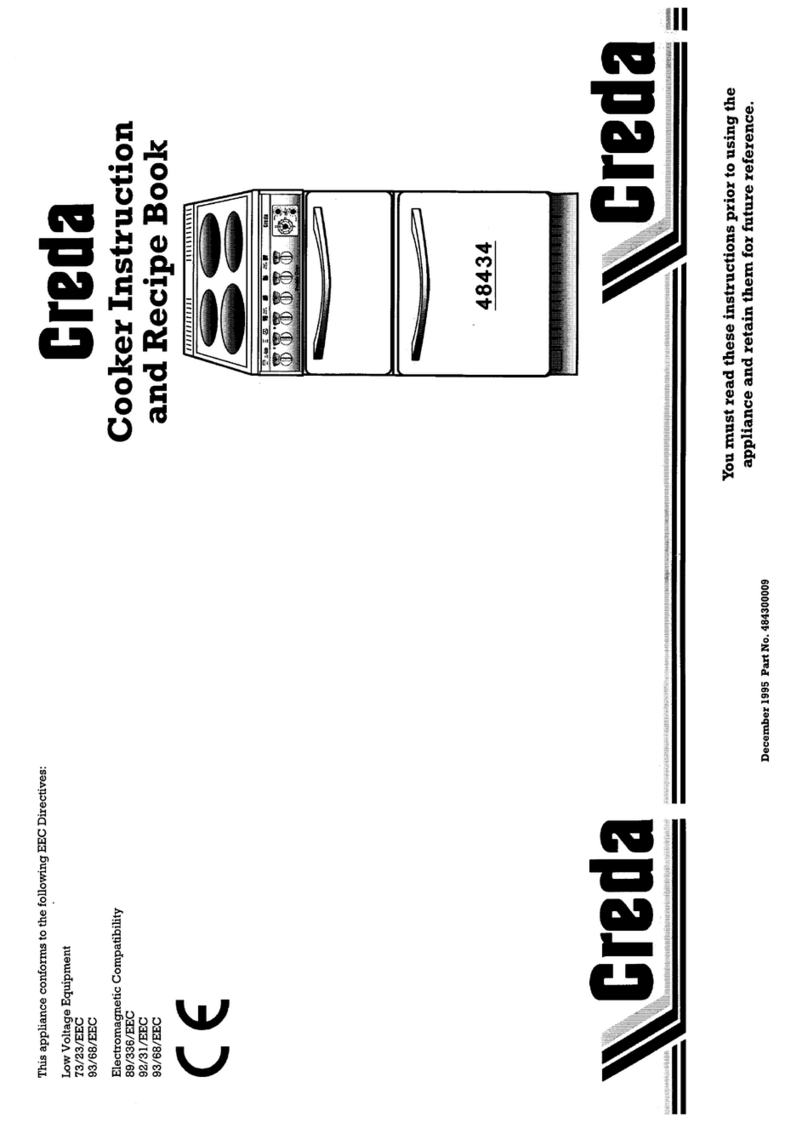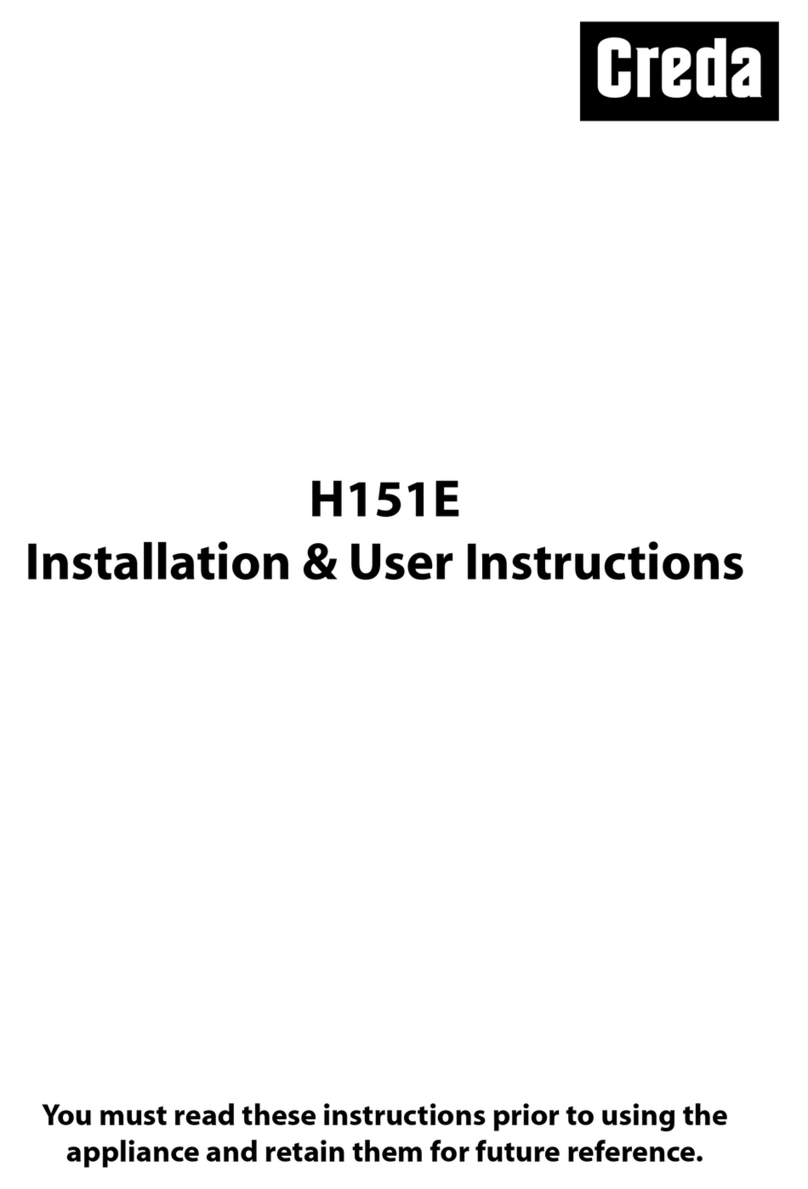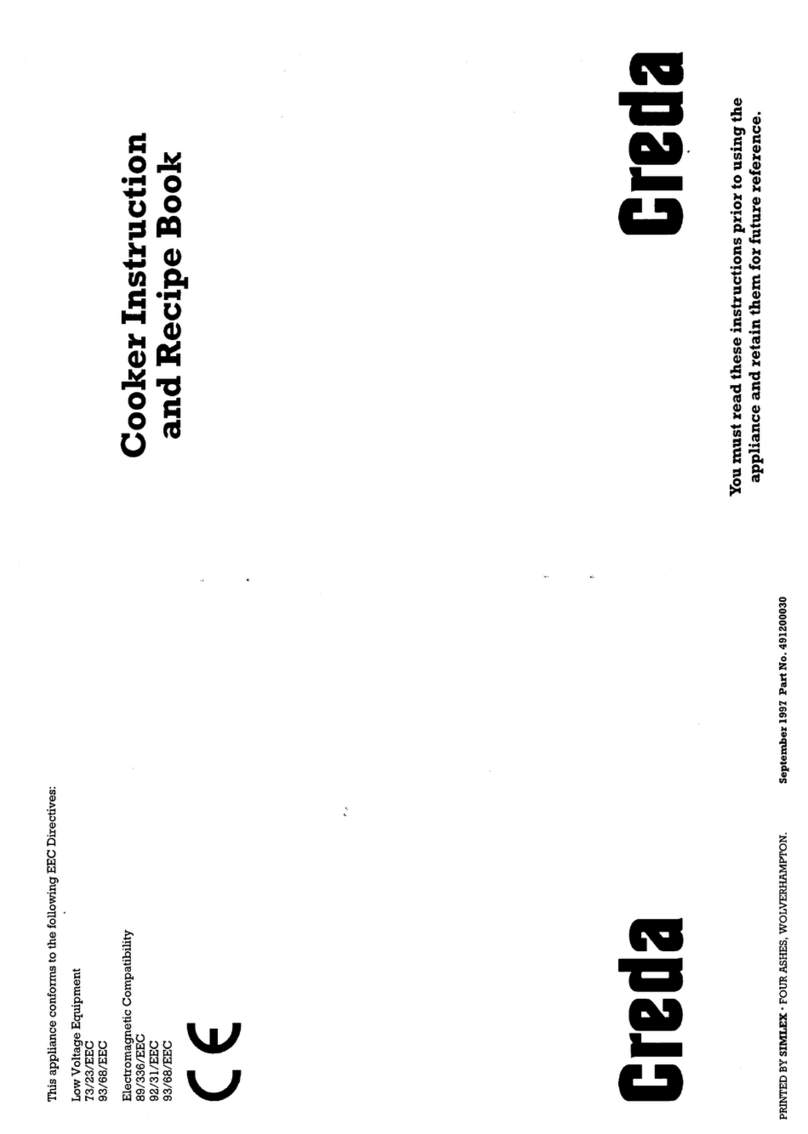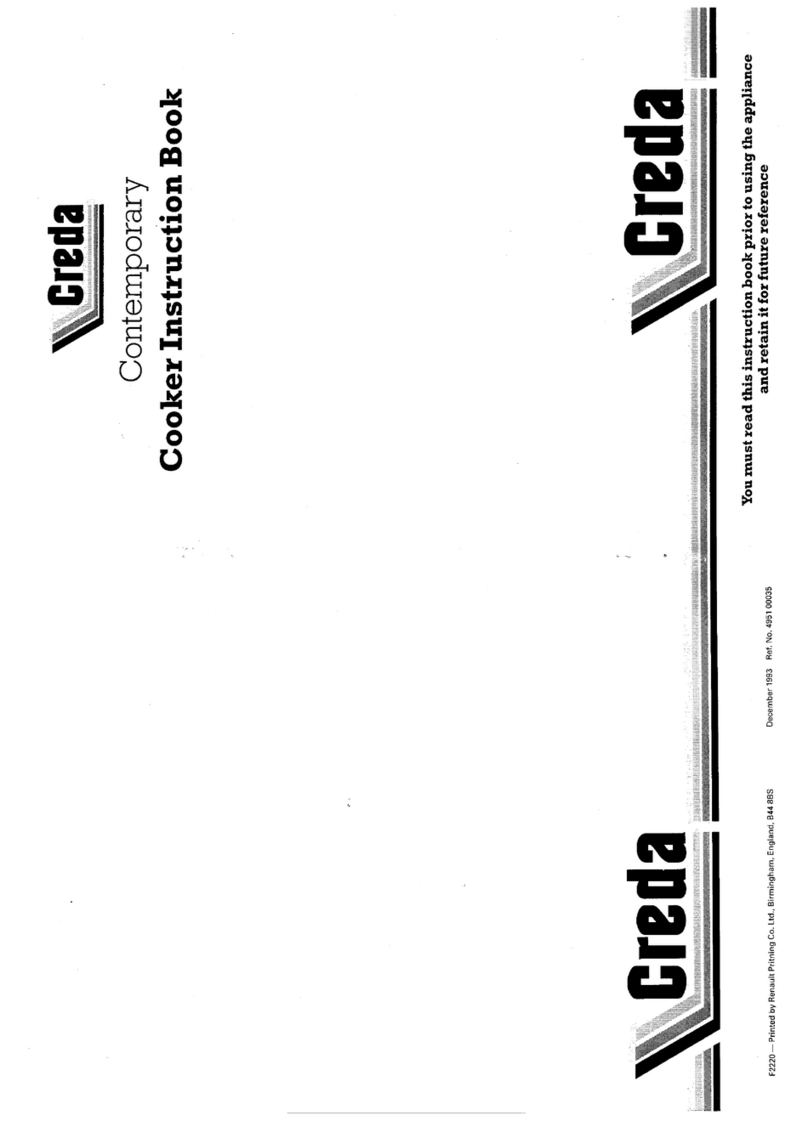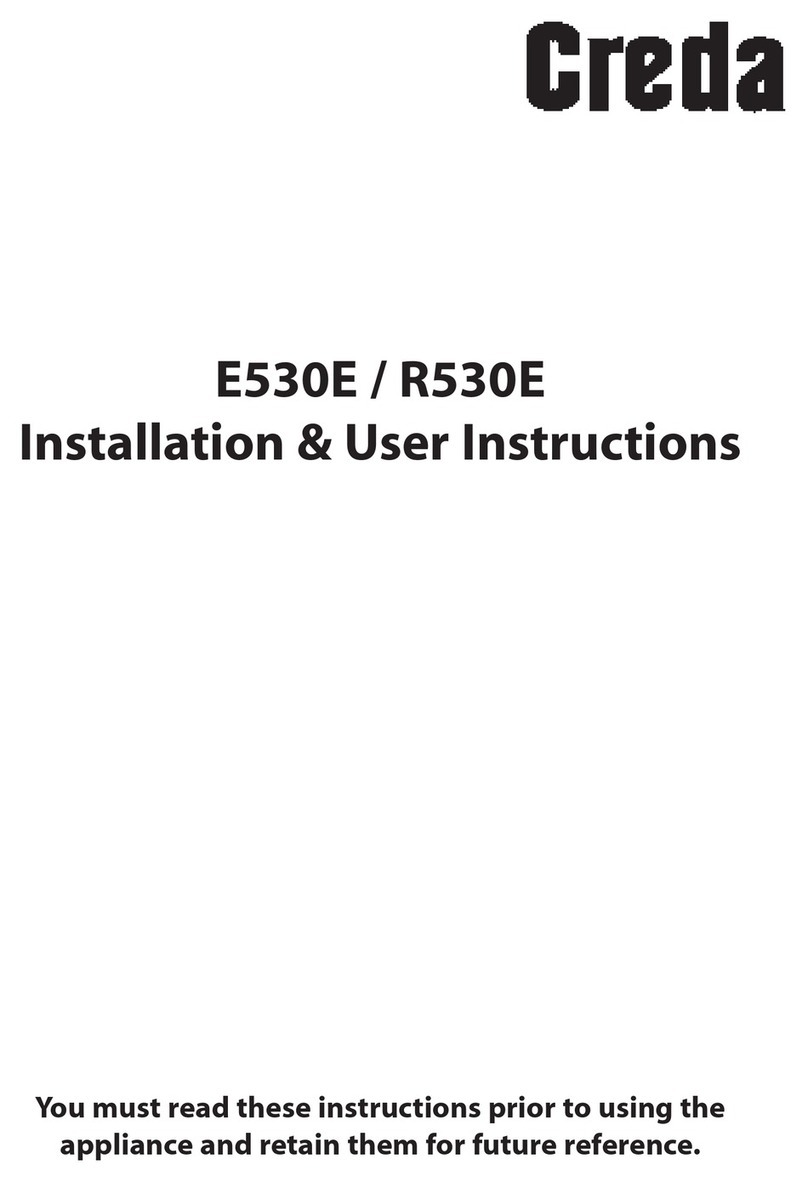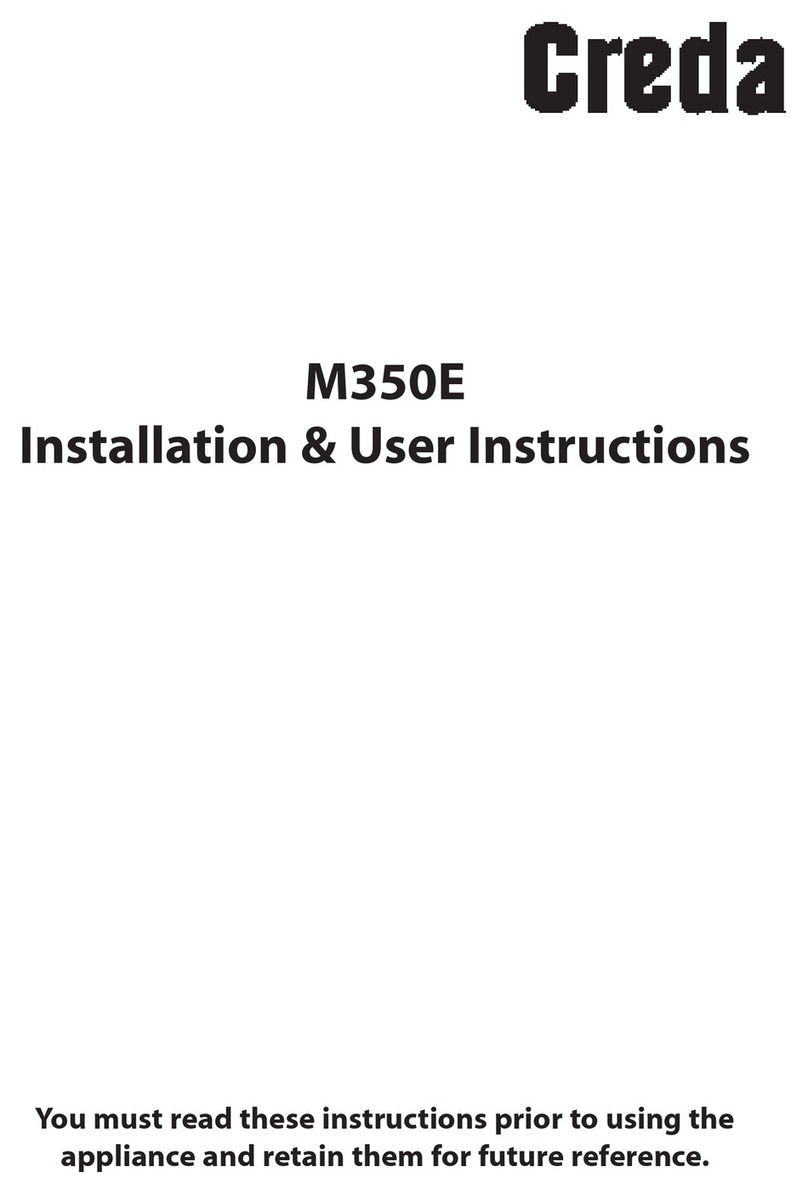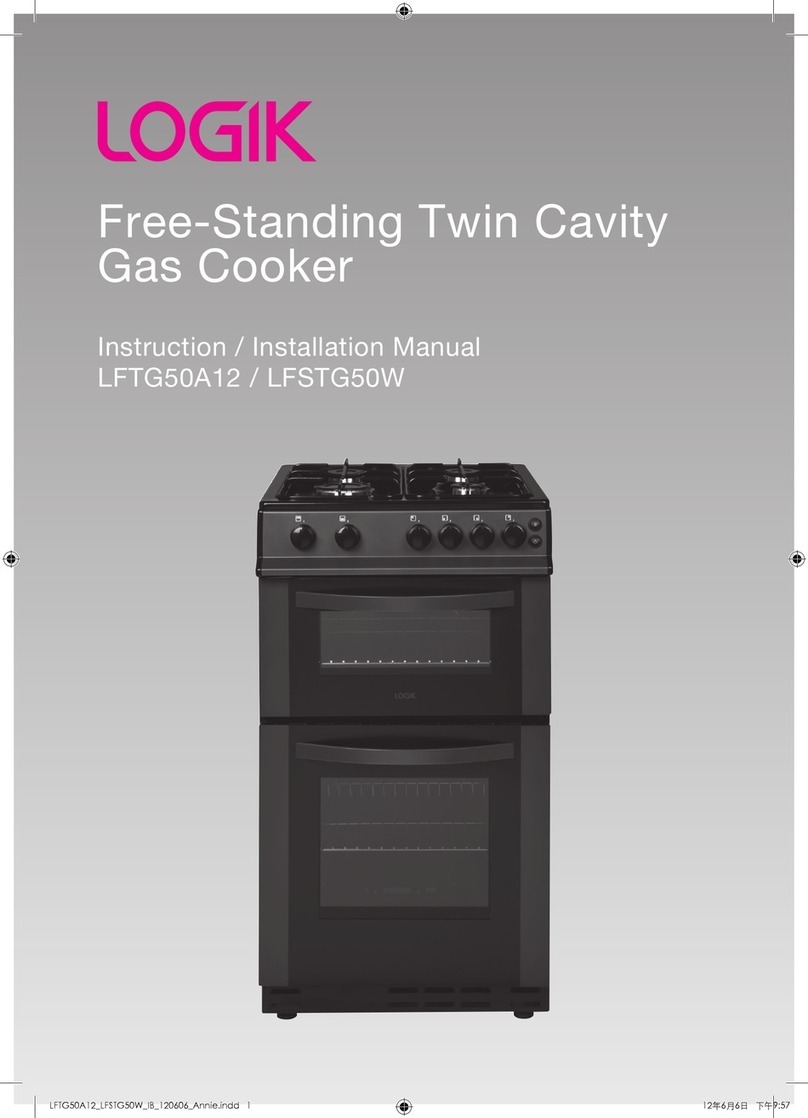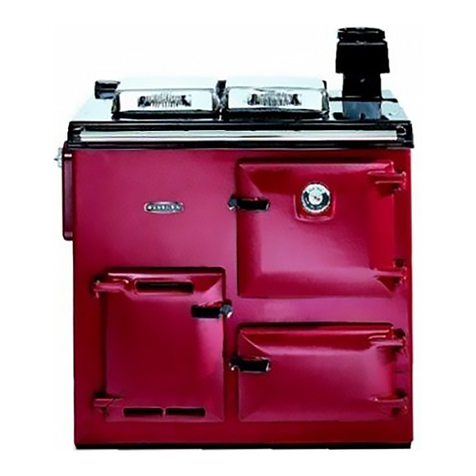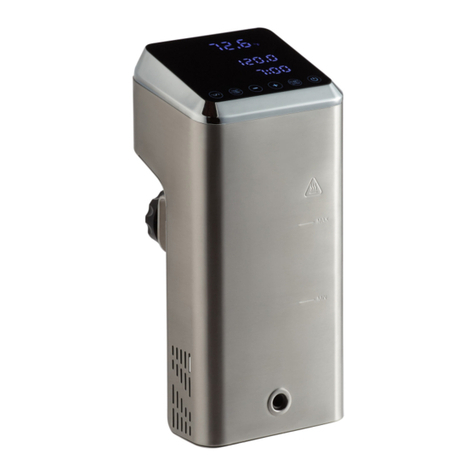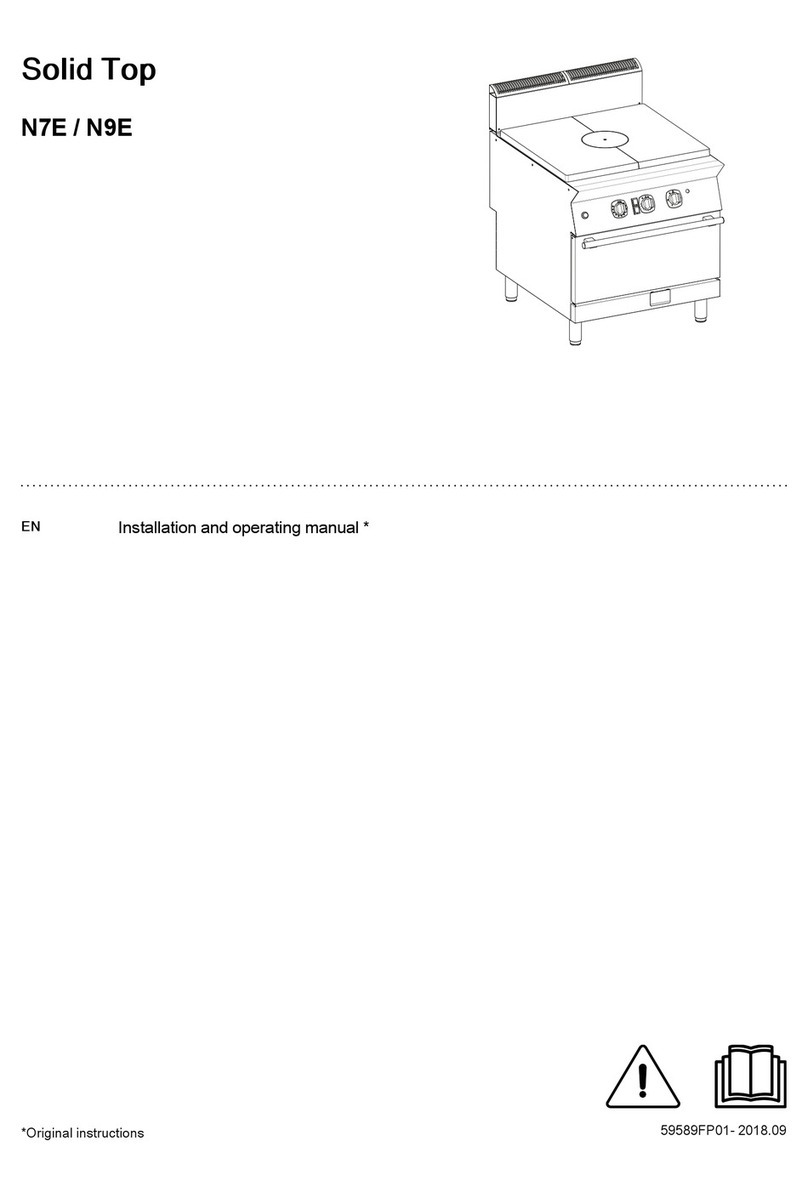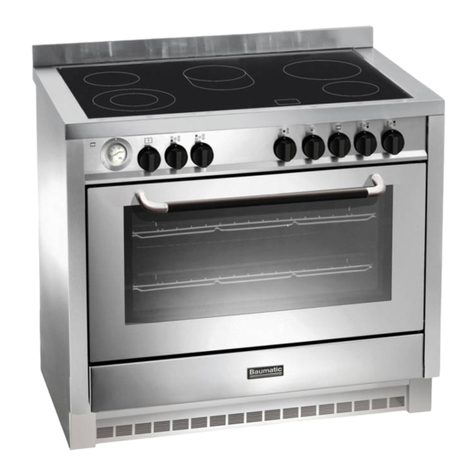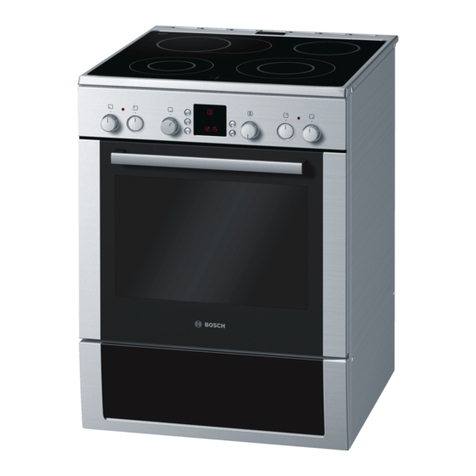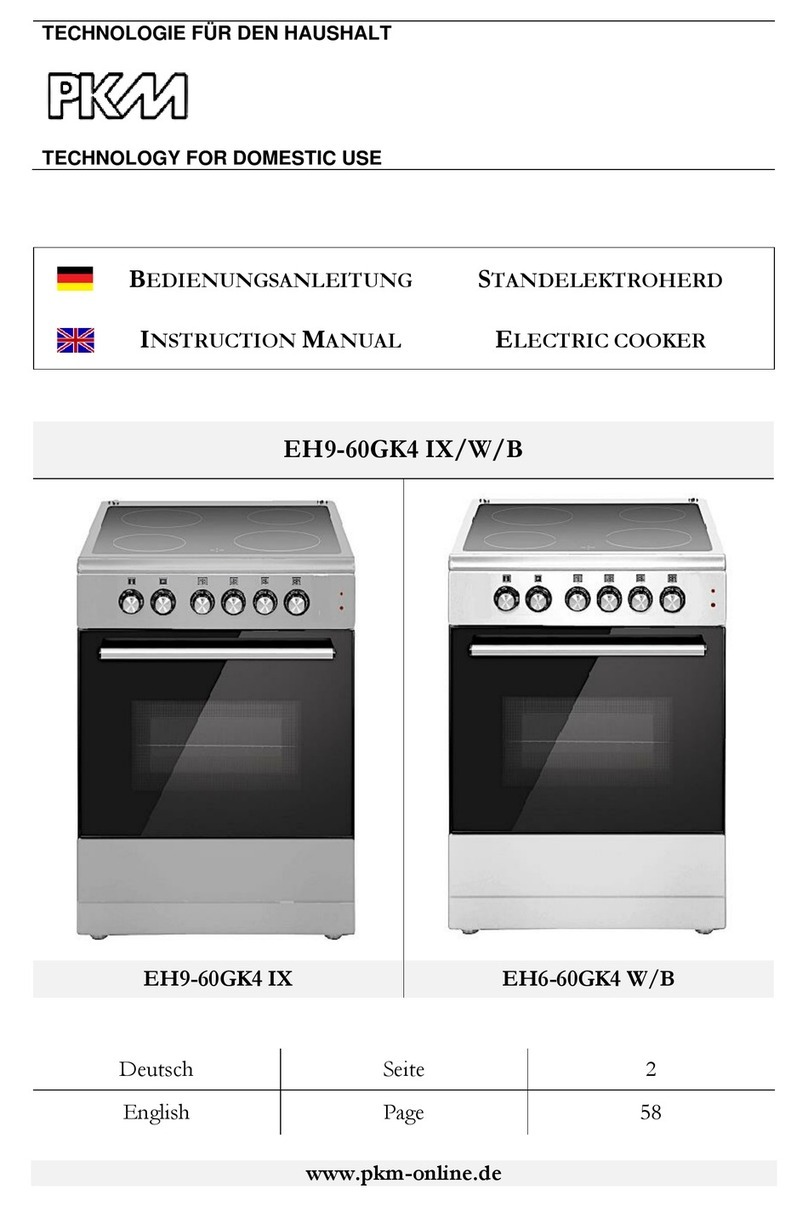For Your Safety
7
●Always make sure you remove all packing from inside the oven
and grill compartments before switching on for the first time.
●Always make sure you understand the controls prior to using
the appliance.
●Always keep children away from the appliance when grilling
as the surfaces will get extremely hot during and after use.
●Always make sure all controls are turned off when you have
finished cooking and when not in use.
●Always stand back when opening an oven door to allow any
build up of steam or heat to disperse.
●
Always use dry good quality oven gloves when removing items
from the oven/grill.
●Always place pans centrally over the hotplate making sure
handles are kept away from the edge of the hob and cannot
become heated by other hotplate/pans.
●
Always take care to avoid heat/steam burns when operating the
controls.
●Always turn off the electricity supply at the wall switch before
cleaning and allow the appliance to cool.
●
Always make sure the shelves are in the correct position before
switching on the oven.
●Always keep the oven and grill doors closed when the
appliance is not in use.
●Always take care when removing items from the grill when the
lower oven is on as the contents will be hot.
●Always keep the appliance clean, as a build up of grease or fat
from cooking can cause a fire.
●
Always follow the basic principles of food handling and hygiene
to prevent the possibility of bacterial growth.
●Always keep ventilation slots clear of obstructions.
●Always refer servicing to a qualified appliance service
engineer.
IN THE EVENT OF A CHI AN FIRE OR ANY OTHER AN FIRE.
1. TURN OFF THE COOKER A LIANCE AT THE WALL
SWITCH.
2. COVER THE AN WITH A FIRE BLANKET OR DAM CLOTH,
this will smother the flames and extinguish the fire.
3.
LEAVE THE AN TO COOL FOR AT LEAST 60 MINUTES
BEFORE
MOVING IT. Injuries are often caused by picking up a
hot pan and rushing outside with it.
NEVER USE A FIRE EXTINGUISHER TO UT OUT A AN
FIRE as the force of the extinguisher is likely to tip the pan over.
Never use water to extinguish oil or fat fires.
When used properly your appliance
is completely safe but as with any electrical
product there are certain precautions that
must be observed.
PLEASE READ THE PRECAUTIONS BELOW BEFORE USING YOUR APPLIANCE.
Always
Safety Advice

